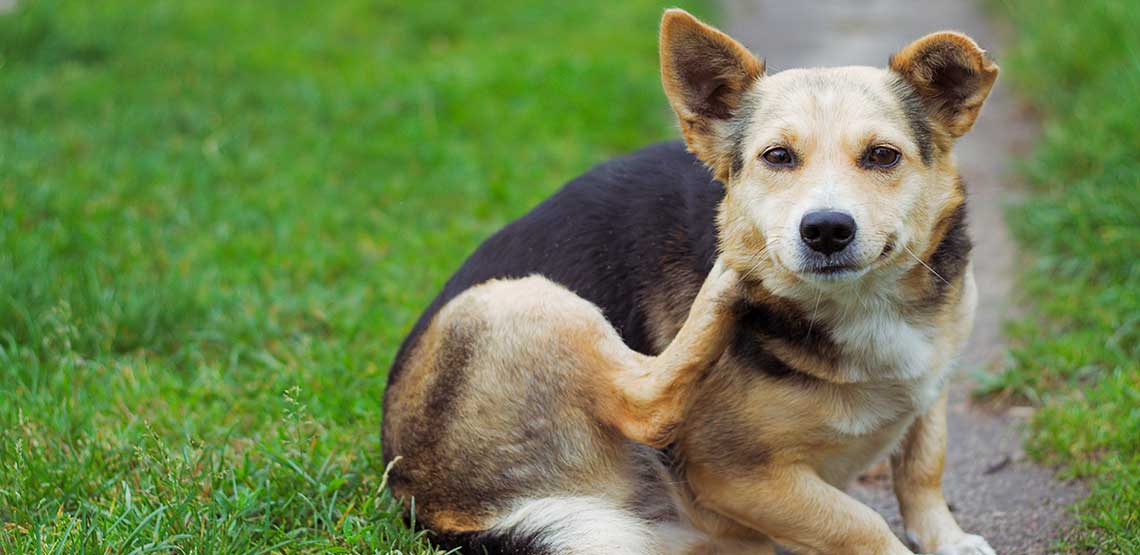Flea Control for Dogs
Flea control for dogs is a subject of continuous debate during the summer months. Dog fleas cause mild to severe irritation and can create eczema and dermatitis that present real health issues. Animals (and humans as well) that are allergic to flea bites can suffer greatly from even a single bite, and where there is one flea, there are often hundreds.
Left untreated, fleas multiply uncontrollably and the cycle of breeding can be very difficult to break. Unlike dog ticks, fleas can be very hard to see, especially in long-haired breeds such as the cocker spaniel or the papillon. Parting the hair on the belly is usually the best way to determine if your dog is carrying any passengers.
Why Fleas Are Attracted to Dogs
The fact is that fleas are usually species-specific, and most common fleas are drawn to canine and feline hosts. That does not mean they will not take advantage of a passing human for a quick bite, but fleas rarely live on humans. They prefer dogs and cats because their thick coats offer protection.
The average flea will feed off its host hundreds of times a day. Multiply that by hundreds of pests living on the host, and that can create a serious anemia problem if left unchecked. Fleas and ticks are the number-one means of transferring blood-borne diseases including worms – and with deer ticks, Lyme disease.
Related Search Topics (Ads):
This presents a very real health hazard for humans as well as their pets. The American dog tick is not a carrier of Lyme disease, but it can still draw a significant amount of blood. And once it releases, it will produce hundreds of offspring in a single dispersal that quickly can infect your home.
Keep Your Dog Flea Free
Dog flea control is usually seen as simply putting on a flea collar, or sprinkling some powder into the animal's coat. These are rarely effective in and of themselves. If your dog has not developed a severe problem and your home is not host to hundreds of tiny visitors already then the use of drop-on oils, powders or collars can be useful in preventing the onset of an infestation.
There are oral dog flea medicine products available, but the best method for ridding your pet and home of fleas is diligent cleaning. Shampoo your pet and vacuum your rugs. Fleas lay their eggs in the animal's coat, which you will see as small sacs that look like grains of rice sticking to the hair shafts of your pet. Use a flea comb to remove those sacs and vacuum all furniture and rugs to help rid your home of fleas. It is necessary to repeat the process at least every four weeks, as that is the typical hatch cycle of a flea egg – and missing one means re-inviting hundreds into your home.
